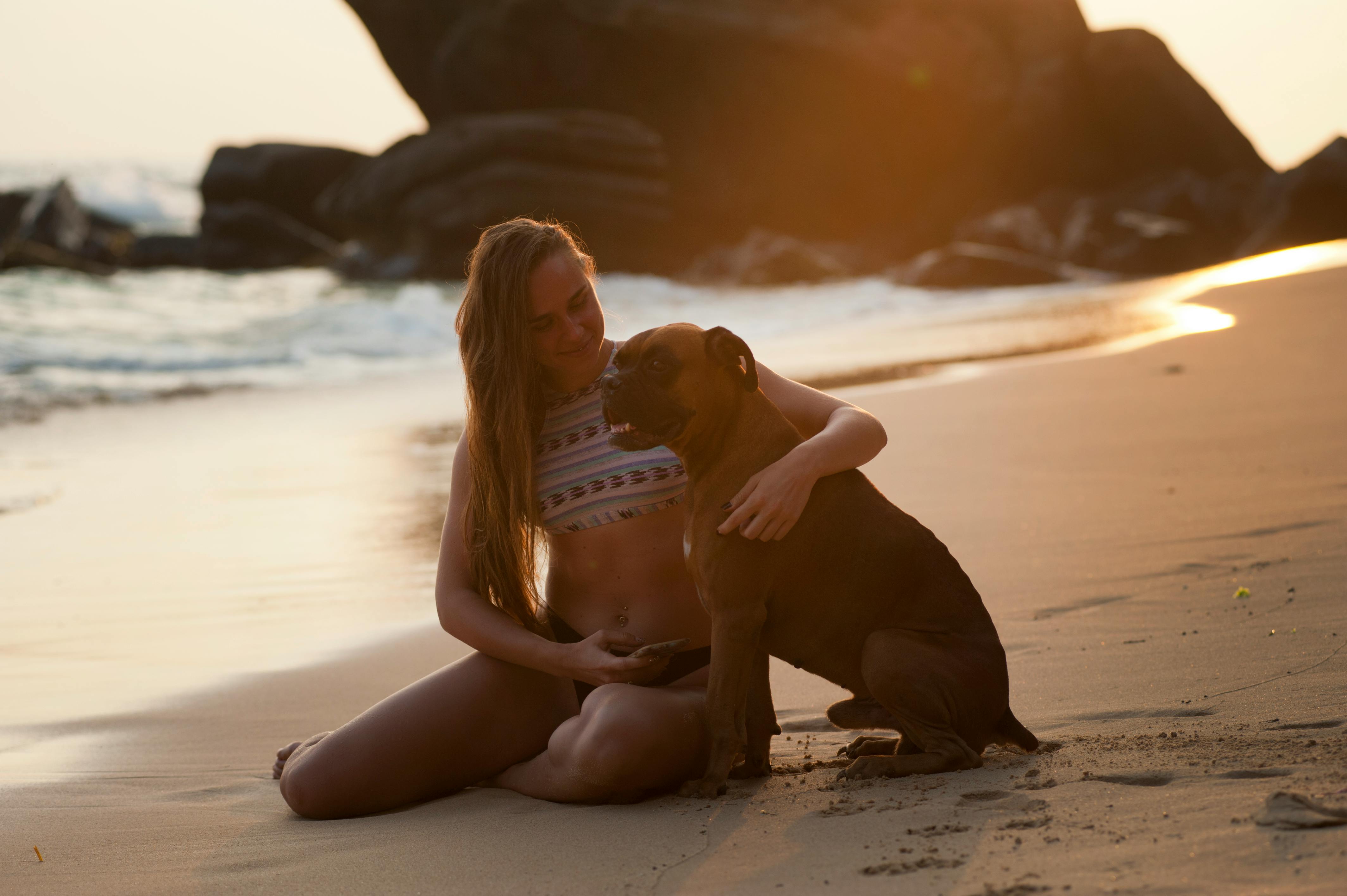4 Ways Pet Owners Can Help Their Dog or Cat Transition to a Post-Quarantine Routine
June 23, 2020
Written By: VetriScience
As states begin to ease restrictions and people return to working away from home, pets around the country are seeing their daily routine of hanging out with everyone come to an end.
Some dogs and cats roll with routine changes easily. For others, a routine change at home can cause behavior issues, nervousness, or separation anxiety.
A recent Suzy survey of 5,000 U.S. pet owners found that nearly 70 percent of respondents are concerned that their pet will have new or additional anxiety when they return to work. It’s important to prepare pets for any change in a home routine, especially dogs and cats that are new to a home, for their well-being and the harmony of the whole family.
Here are four post-quarantine transition tips for pet parents.
1. Make a Plan
The key to any successful plan is making sure everyone knows what to do. This goes for veteran pet owners and, more importantly, the 187,000 pet parents who have adopted or fostered a dog or cat since early March. Pet owners should agree on the overall plan for their pet, and plan details should be shared with children who help with the daily care of a pet.
“Pet owners should make a plan with minimal and realistic changes to help their dog or cat adapt to a new routine,” says Veterinarian Elizabeth DeLomba, MBA, Senior Veterinary Services Consultant at VetriScience. “Start by offering your pet belongings that make them feel safe and comfortable and add small things that promote mental and physical stimulation.”
2. Practice the New Routine
Don’t start a new routine for a pet the day you return to work. Ease your pet into being alone by spending short periods of time away from them in and outside the home, and work your way up to hours of separation.
Use practice time to get your dog or cat used to what happens before you leave for work, to get them comfortable with a crate or other safe space where they’ll hang out, and to get them acquainted with a new toy, treat, or someone who will check on them during the day.
Before you leave, take your pet for a walk or play with your pet at home to get energy out prior to your departure. When it is time to leave, don’t make a big deal out of leaving. Say goodbye long before you have to leave and then leave calmly.
3. Try a Calming Supplement
The Suzy pet owner survey revealed that 65% of respondents plan to use a nutritional supplement to help their dog or cat cope with any anxiety a new routine brings. Over the counter calming supplements like Composure chews can help pets relax during stressful times without changing their personality or energy level.
Calming supplements come in bite-sized chews or a liquid dosage, and can help relieve stress for dogs and cats of all breeds and sizes. “Fear and anxiety disorders affect 23 million dogs in the U.S. alone,” said Dr. DeLomba. “Supplements may offer a convenient approach for managing separation anxiety and other behavioral issues. The ingredients in supplements work together to make a positive impact on behavior and anxiousness, which result in a calmer, more focused pet.”
4. Keep Them Enriched
Don’t let your dog or cat feel bored when they are home alone. Play music, keep a television on, or use a white noise machine to create some level of constant sound. If your pet isn’t into watching Animal Planet, keep them busy with a treat-dispensing toy they have to work at. Or, stuff a toy with peanut butter, freeze it, and give to your dog when you leave them. The idea is to keep their mind stimulated and encourage them to focus on something other than being alone.
People are excited to return to work and everyday routines, but don’t forget to prepare your pet for a change that could have a big impact on their behavior and the happiness of everyone in your home. Start thinking about a plan for your pet now and ask your veterinarian if you have specific concerns about a dog or cat’s behavioral changes.
See the results of the Suzy survey of U.S. pet owners here.
Try these tips and tell us about your experience on Instagram or Twitter. Post a photo of your pet and use the hashtag #ScienceOfHealthyAndHappy to be entered for a chance to win an anxiety kit for your cat or dog!



